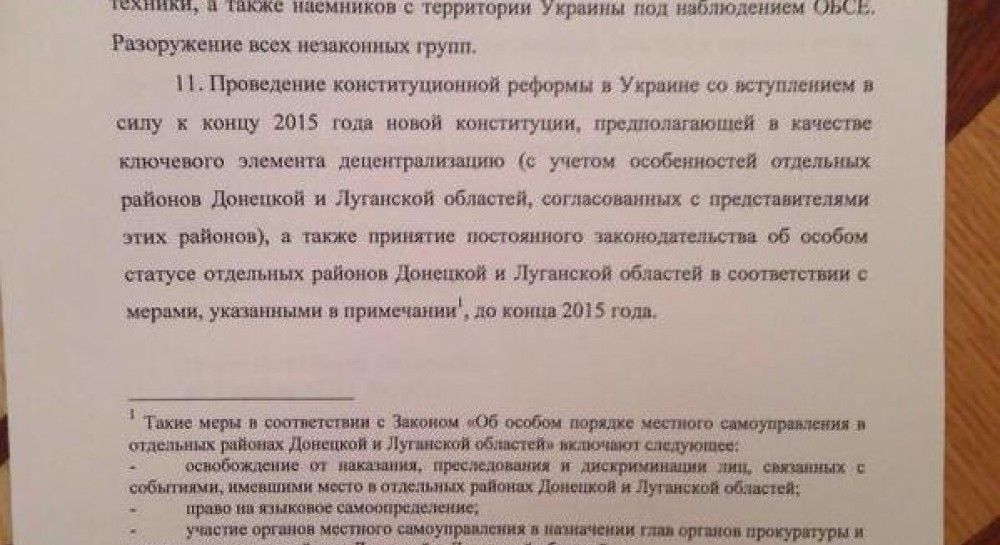Importantly, another set of military build-ups accelerated at the beginning of November. These are clearly targeting Ukraine specifically. The number of military assets in
Crimea has increased;
parts of the 1st Guards Tank Army have been deployed to
Maslovka close to the border with the Ukrainian city of Kharkiv in the country’s north-east; and a further concentration of military vehicles appears to have
assembled around Rostov (just east of Ukraine). This last move is presumably to enable Russia to infiltrate Ukraine’s Donbas region, an intention strongly suggested by the high numbers of
military transports arriving at the airport in Rostov-on-Don.
Alongside these build-ups, Russia has
mobilised its paramilitary security forces, the National Guards Units, and also sent them to Rostov. Following an invasion of Ukraine, it would use these to control conquered territory, suppress dissent, and install puppet administrations. Their mobilisation is a sign that the Kremlin is at least considering the option of further incursions into Ukraine. Compared to the situation in March and April 2021, when it last moved troops close to the Ukrainian border, Russia seems to be making much less effort to ensure the current assembly is visible. This may hint towards a significantly more serious intention than simply a wish to appear threatening.





